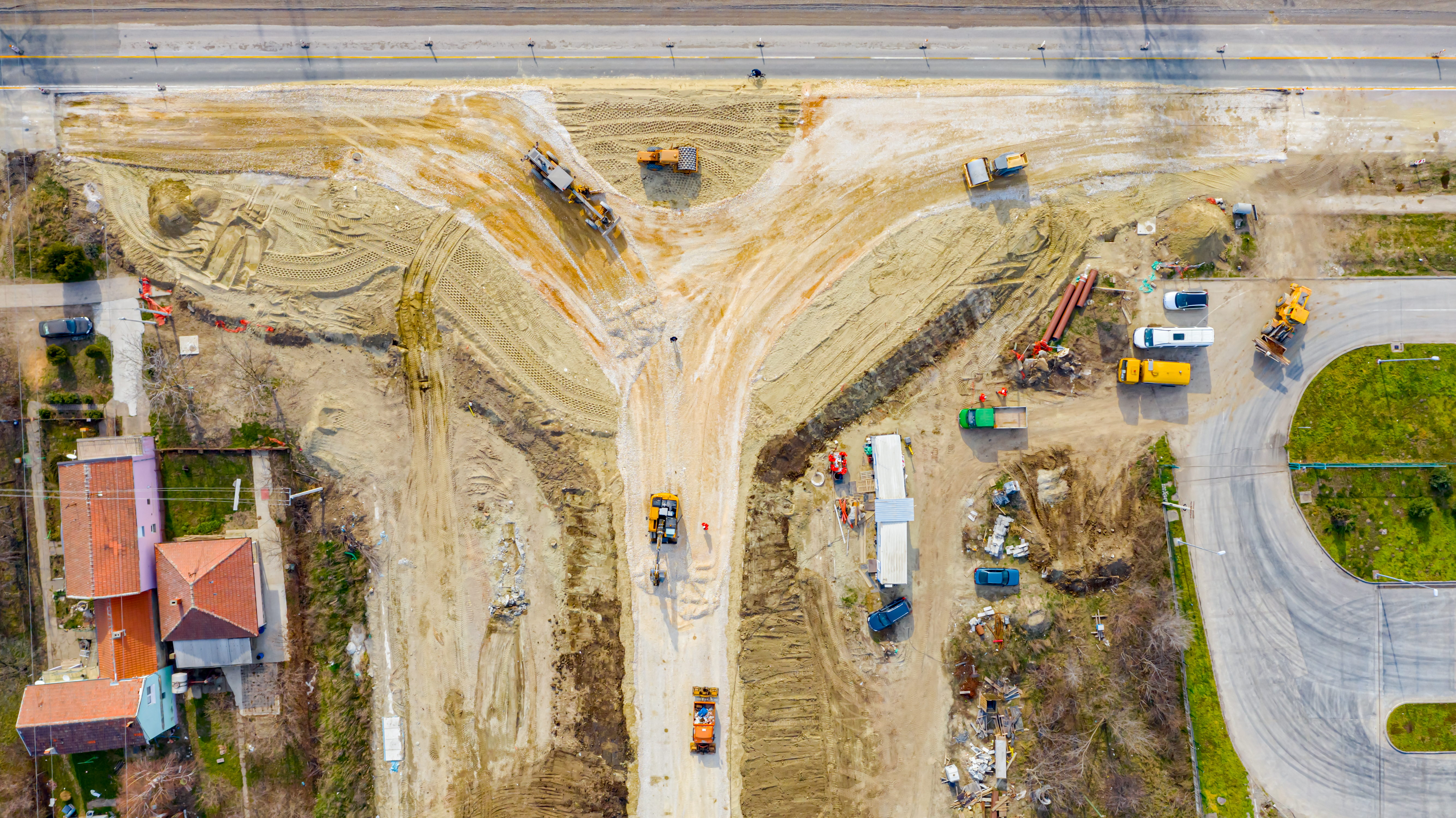
The UK's new Building Safety Regulator (BSR), created under the Building Safety Act 2022, is responsible for overseeing the competence of everyone working on all buildings.
Under the 2022 Act, dutyholders and organisations must now demonstrate the competence of everyone in their supply chain, and prove that no one is working outside their own competence. The definition of designer has also been extended to include anyone who makes a decision about a construction product, including modifications, substitutions or value engineering.
The BSR's function is being carried out by the Health and Safety Executive, which has a history of being proactive and persistent – and prosecuting non-compliance to the fullest extent of the law. The potential penalties for those dutyholders found to have failed in their responsibilities include unlimited fines and prison time.
Industries lack consistent definition of competence
Demonstrating the competence of every individual in one organisation is difficult enough, let alone the whole supply chain.
There are so many different professions and occupations, all acting at different levels and responsible for different tasks, that we don't have a consistent language or infrastructure to identify who is and who is not competent. With the extended definition of designer, there are also many individuals who may unintentionally assume this role without knowing it, incurring the associated responsibility and liability.
As such, we need to seize any opportunity we can to safeguard or improve our competence. What we need is a consistent way of identifying competence throughout the sector.
One thing that unites the entire supply chain is construction products. All built environment industries use these products, but their misuse can lead to dangerous and potentially fatal outcomes. Ensuring that those who use such products are competent to do so is vital to producing buildings that are safe and efficient and that perform as required.
However, there is currently no universal way to demonstrate that an individual has the correct competence to carry out the tasks for which they are responsible. If we could consistently demonstrate construction product competence, we would be a long way towards demonstrating a competent workforce.
White paper seeks to set standard
To this end, the Construction Products Association (CPA) has published a white paper setting out a single standard for the built environment to determine, demonstrate and recognise construction product competence.
Built environment – proposed construction product competence standard – white paper has been developed by Competence Steering Group (CSG) Working Group 12, led by the CPA. The CSG is part of the Industry Response Group, which was set up following the Grenfell Tower fire of 2017.
The standard proposed within the white paper would apply to individuals and organisations across the built environment, including those who supply, use, or otherwise work or interact with construction products. This includes manufacturers, merchants, designers, contractors, project managers, surveyors and many others along the supply chain.
This standard would comprise five core levels of competence, as well as a methodology for mapping these consistently to the respective competence frameworks of different built environment industries. This would ensure that everyone understands construction product competence in the same way, and would help regulators and dutyholders identify the competence levels required for everyone who works with such products.
The levels outline fundamental knowledge bases, applicable to all tasks with all construction products. These are designed to offer a clear path for progressing through the necessary competences required at different levels of responsibility and accountability, and can be used by industries to map to their existing qualifications and establish any additional necessary training.
The white paper identifies not only what an individual's competences allow them to do with construction products but also what they should not do, as required by the 2022 Act. Many professions and occupations work with construction products without knowing how their decisions are affecting the performance of systems and buildings – and the white paper aims to change that.
It also proposes that the standard be added to the existing BSI Flex 8670 series, which specifies competence framework requirements for individuals working in the built environment.
The proposed standard has been published now to allow everyone in the built environment professions to review and consider how to apply it. It is for the different industries of the sector to recognise the necessity of clear, demonstrable construction product competence and to adopt and implement the principles suggested in the white paper.
If you or your company work with construction products in any way, then this is something you need to consider. The BSR will be asking all dutyholders and organisations to demonstrate the competence of their workforce, and companies will need to clearly communicate the competence of every individual who uses, makes decisions on or conveys information about construction products.
The aim is to make sure that the right construction product is put in the right place by the right person every time – and that we can demonstrate this in a way that everyone understands.
Hanna Clarke is the digital and policy manager at the CPA. Hanna sits on the Competence Steering Group (CSG), is chair of the CSG Strategy Group and is Co-Chair of WG12 Product Competence Group, and lead author of the Built environment – Proposed construction products competence standard – white paper
Contact Hanna: Email
Related competencies include: Construction technology and environmental services, Design economics and cost planning, Health and Safety, Legal/regulatory compliance, Quantification and costing (of construction works), Supplier management, Works progress and quality management

